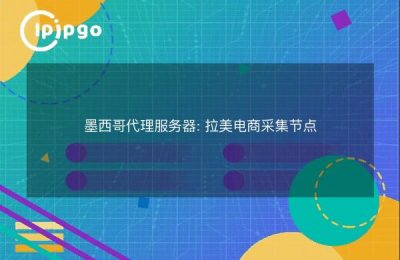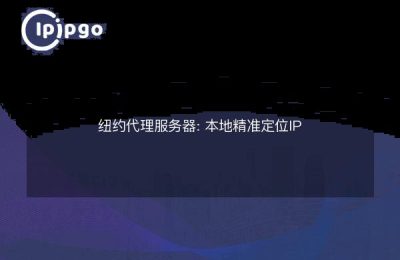
Today, I'm going to share a tutorial on Tunneling API Proxy Build la! If you're interested in web proxies, then this post will surely be a blast! Without further ado, let's get started!
I. What is the Tunnel API Agent?
First, let's explain what the heck a tunneling API proxy is. Simply put, a tunnel API proxy is a way of realizing proxy forwarding through an API interface. In this way, we can send the request to the proxy server first, then the proxy server forwarded to the target server, and finally the response from the target server will be passed back through the proxy server. In this way, we can realize proxy access and hide our real identity without directly accessing the target server. Isn't that great?
II. Preparation for building a tunnel API proxy
Before building a tunnel API proxy, we need to do some preparatory work. First, we need to choose a proxy server provider, such as AliCloud, Tencent Cloud, etc., and rent a cloud server from them. Besides, we need to prepare a local server as a relay station to receive the requests we send and forward them to the target server. Finally, we need some basic programming knowledge, such as Python and so on. Of course, it's okay if you're a scum, I'll try to explain it in layman's terms.
III. Installation of necessary software and libraries
Before we start building the tunnel API proxy, we need to install some necessary software and libraries on the cloud server and local server. First, we need to install the Python interpreter, which can be installed by downloading the latest version of the Python installer from the Python website. After the installation is complete, we install some dependent libraries with the following commands:
pip install requests
pip install flaskThese two libraries will be very useful in building tunneling API proxies!
IV. Writing proxy server code
On the cloud server, we need to write a piece of Python code to build the proxy server. First, we import the necessary libraries:
import requests
from flask import Flask, request
app = Flask(__name__)We then define a route that receives the requests we make and forwards them to the destination server:
@app.route('/', defaults={'path': ''}, methods=['GET', 'POST'])
@app.route('/', methods=['GET', 'POST'])
def proxy(path): url = f'{path)
url = f'https://目标服务器地址/{path}'
headers = dict(request.headers)
data = request.get_data()
if request.method == 'GET': response = requests.get(url, headers=headers)
response = requests.get(url, headers=headers, params=data)
elif request.method == 'POST': response = requests.post(url, headers=headers, params=data)
response = requests.post(url, headers=headers, data=data)
return response.content, response.status_code, dict(response.headers)Finally, we run the proxy server:
if __name__ == '__main__'.
app.run(host='0.0.0.0', port=8000)At this point, we have finished writing the proxy server. Isn't it very simple?
V. Configuring the local server
On the local server, we similarly need to write a piece of Python code to implement the request sending functionality. First, we import the necessary libraries:
import requests
url = 'https://云服务器地址:8000'We can then send a GET request with the following code:
response = requests.get(f'{url}/target server path', params={'parameter name': 'parameter value'})
print(response.text)If we want to send a POST request, we can use the following code:
response = requests.post(f'{url}/target server path', data={'parameter name': 'parameter value'})
print(response.text)Sixth, test the effect of the agent
Okay, now we can test if the tunnel API proxy we built is working properly! Run the code on your local server and access the specified URL to see if the results are correct.
Writing Final
At this point, we have completed the entire process of building a tunnel API proxy. In this way, we can easily realize proxy access and hide our real identity. At the same time, we have also learned some basic knowledge of Python programming, doesn't it feel very accomplished?
In a world full of code, learning not only develops all kinds of amazing features, but also increases our technical reserves. I hope this article has been helpful to you and if you have any questions, feel free to leave a comment to discuss. Finally, I wish you happy programming, every day!








